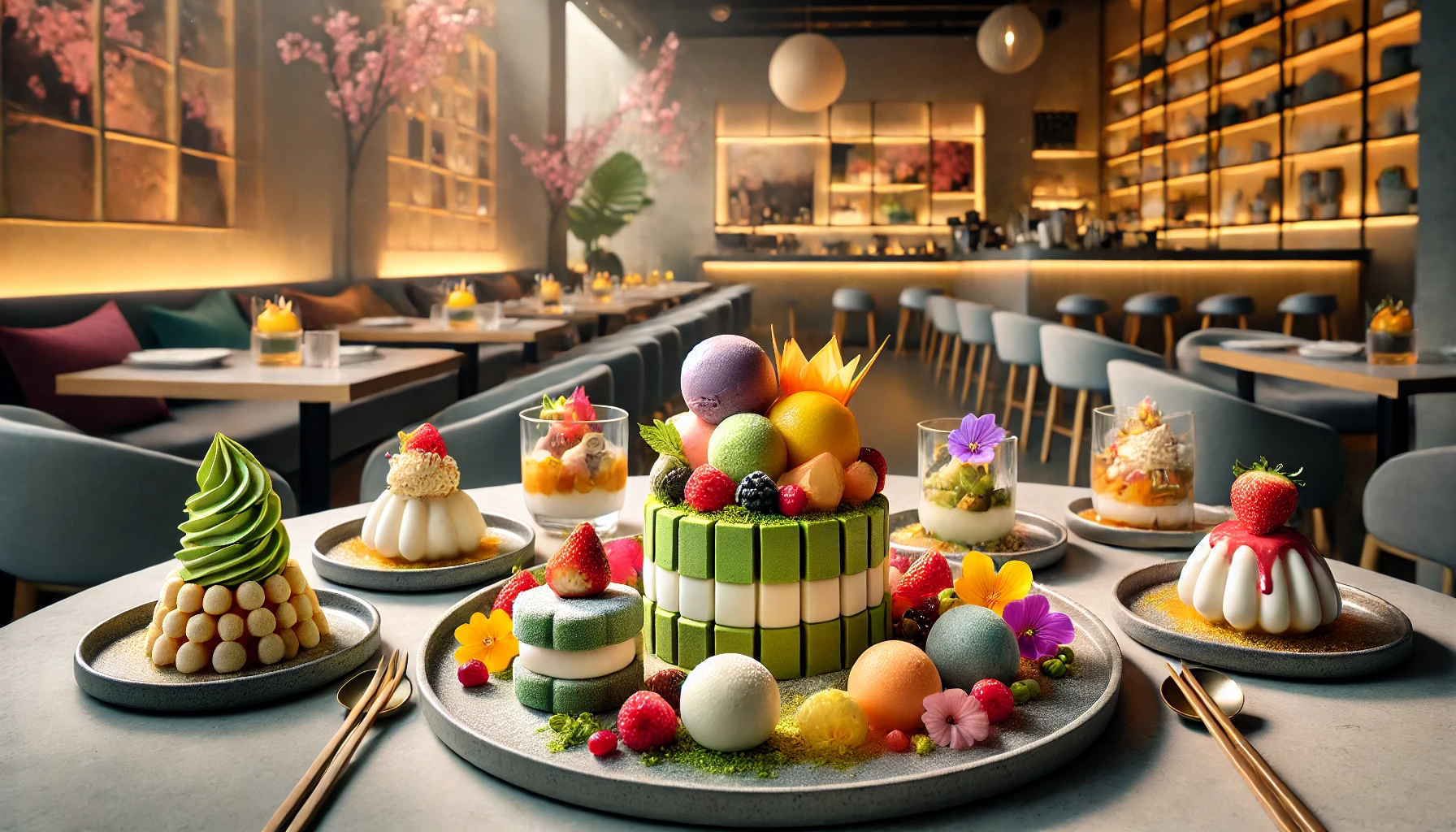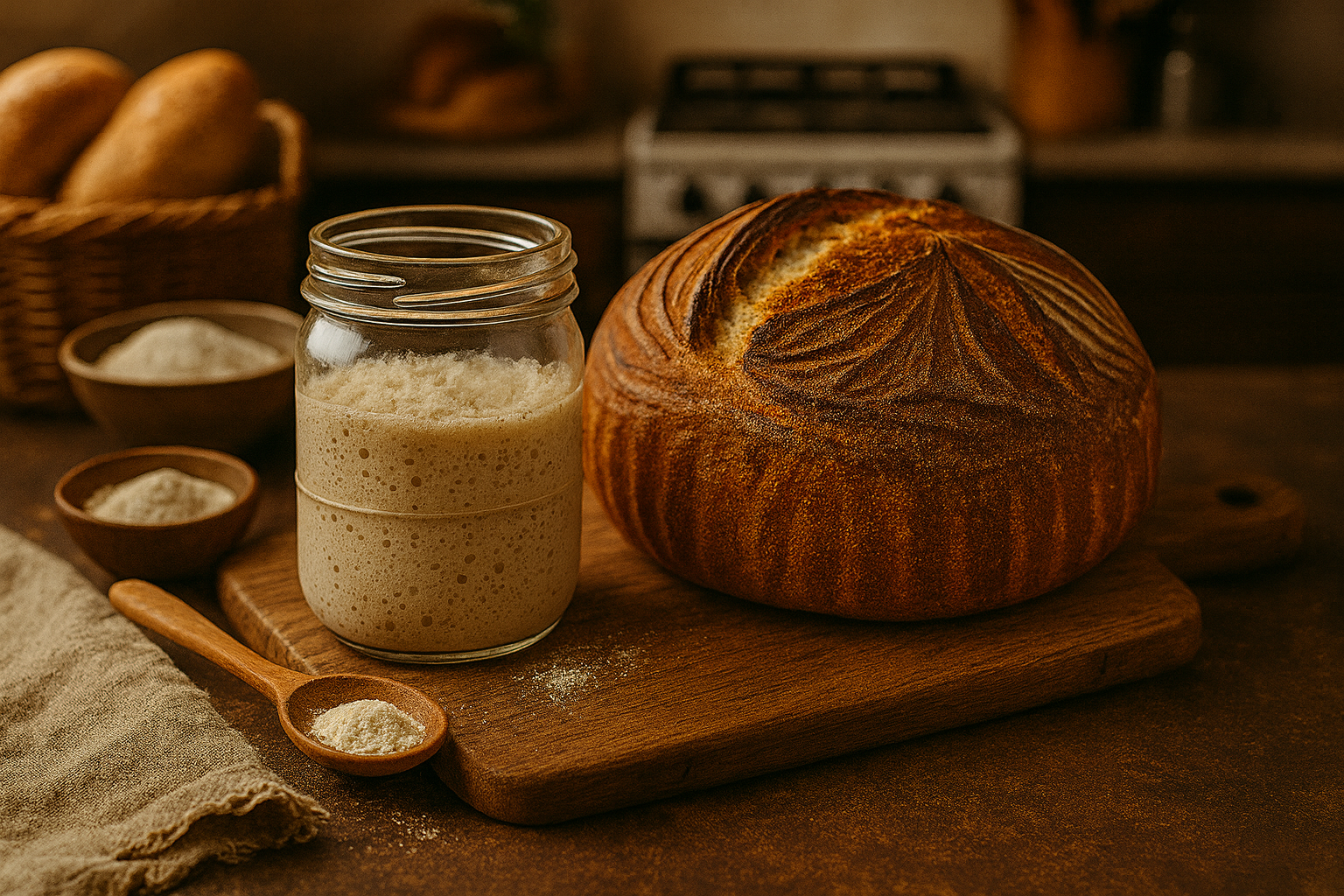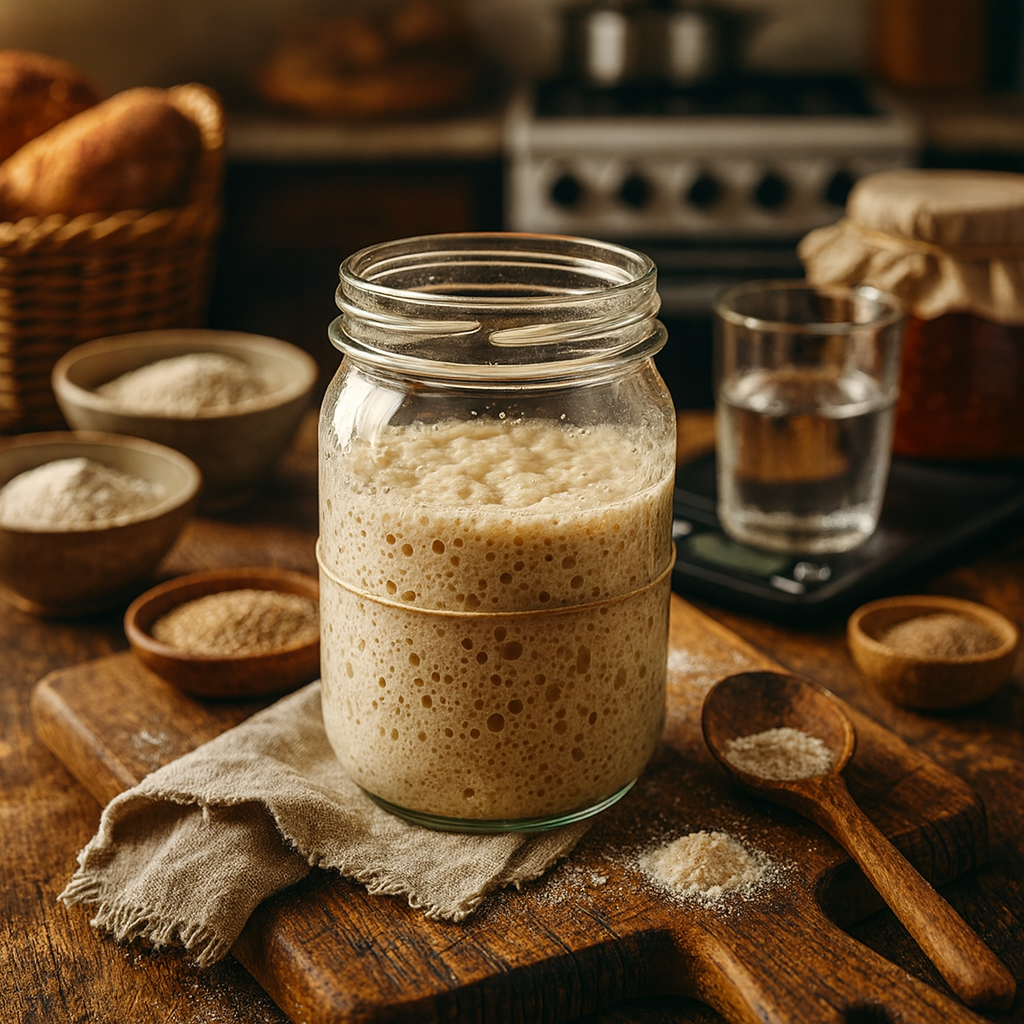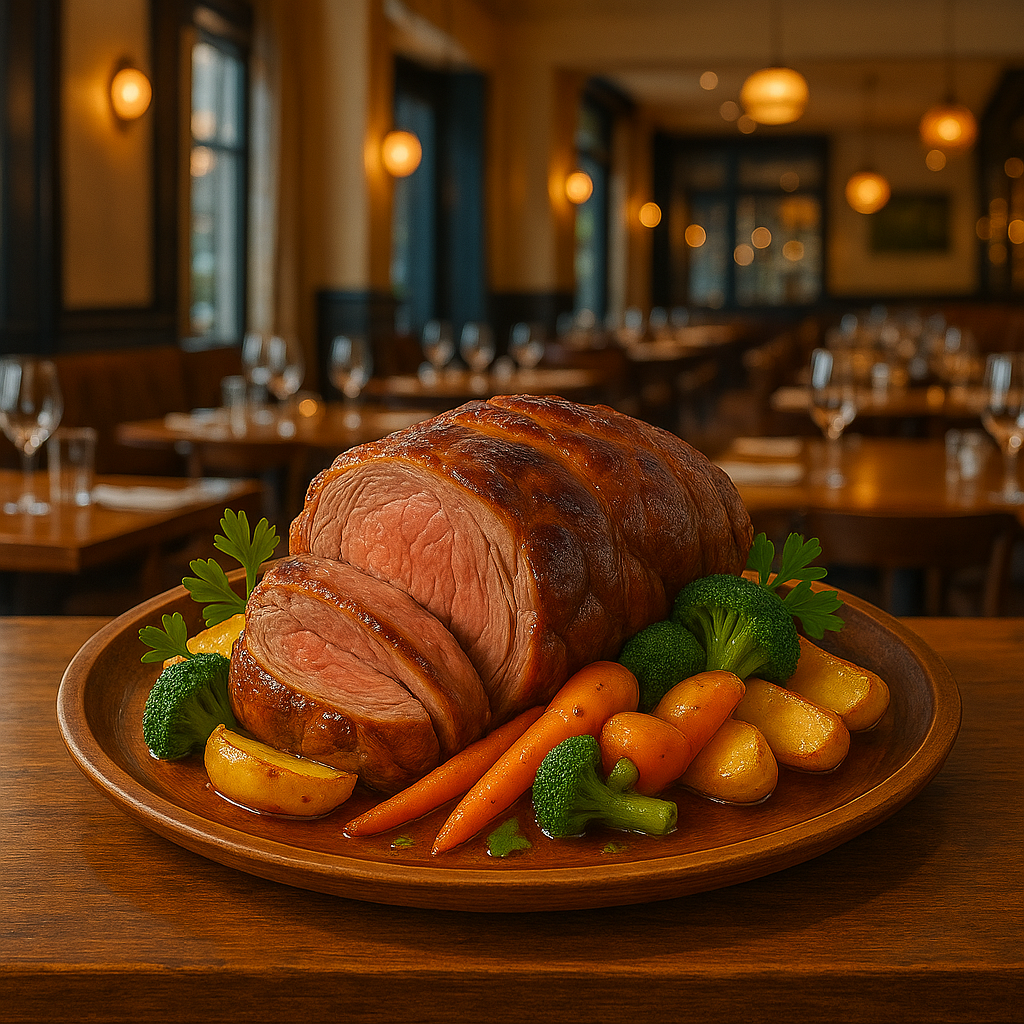Table of Contents
Introduction to Modern Korean Desserts
The realm of modern Korean desserts has witnessed a remarkable evolution over the years, transitioning from traditional sweets to innovative interpretations that cater to contemporary palates. Historically, Korean desserts were often made using simple ingredients like rice, beans, and fruits, typically characterized by their subtle flavors and natural sweetness. Today, these classic elements are being reimagined, combining cultural heritage with global culinary influences, resulting in a vibrant dessert landscape.
The surge in popularity of modern Korean desserts can be attributed to several factors. First and foremost, the global interest in Korean culture, amplified by trends in K-pop and Korean cinema, has piqued curiosity about its cuisine, including its desserts. Moreover, the health-conscious consumer’s inclination towards lighter, less sugary options aligns well with many modern Korean sweets, which often incorporate wholesome ingredients such as matcha—a finely ground powder made from green tea leaves—offering a unique taste and numerous health benefits.
In particular, desserts like matcha cakes and mochi have gained prominence both in Korea and on international platforms. Matcha cakes are celebrated for their rich flavor profile and vibrant green hue, while mochi—a chewy rice cake filled with diverse ingredients—has found a special place in the hearts of dessert enthusiasts globally. These modern desserts not only deliver on taste but also in visual appeal, making them popular choices for social media sharing, thereby further enhancing their reach.
As we delve deeper into the world of modern Korean desserts, it is imperative to explore these innovative creations that reflect a harmonious blend of tradition and modernity. The culinary journey through Korean sweets promises to unveil a fascinating chapter in the evolving story of global desserts.
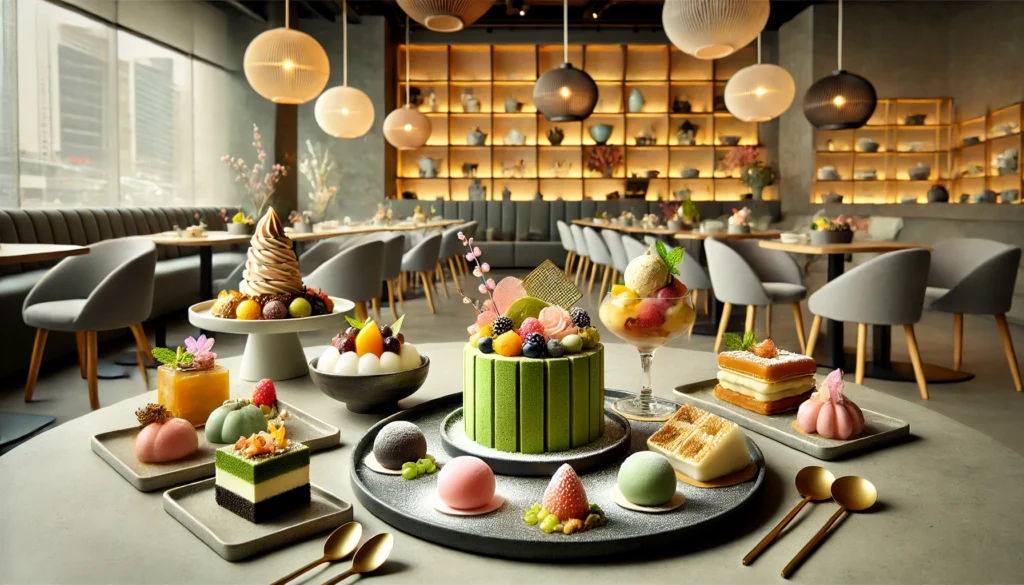
The Rise of Matcha in Korean Sweets
In recent years, matcha has gained considerable popularity within the realm of Korean desserts. This finely ground powder, derived from specially grown green tea leaves, has transitioned from being a staple of Japanese cuisine to a sought-after ingredient in Korean culinary practices. The multifaceted flavor profile of matcha, characterized by its grassy, slightly bitter notes, complements the traditional sweet palate of Korean desserts, leading to innovative creations that excite dessert-lovers.
The health benefits of matcha contribute to its rising prominence. Rich in antioxidants, particularly catechins, matcha is known to support overall health. Moreover, it contains l-theanine, an amino acid that promotes relaxation without drowsiness, making it an appealing addition to sweets for those seeking both indulgence and wellness. As health-conscious consumers increasingly seek guilt-free treats, matcha-infused desserts provide a balanced approach by marrying flavor with nutritional value.
Among the popular matcha-infused offerings emerging in Korean bakeries are matcha cakes and pastries. Innovative chefs have experimented with matcha layer cakes, where the earthy tones of matcha harmonize with creamy fillings, creating a deliciously rich experience. Additionally, matcha chiffon cakes have gained traction for their light texture and pleasant aroma. In the realm of pastries, matcha-flavored macarons and cream puffs have become favorites, showcasing the versatility of this green tea powder while appealing to a wide audience.
The fusion of matcha into Korean desserts signifies not only a trend but a cultural exchange reflecting evolving tastes. As dessert enthusiasts continue to explore diverse flavor combinations, the role of matcha in Korean sweets will likely expand further, offering new and exciting culinary experiences. As such, matcha’s influence in this realm continues to rise, reshaping traditional Korean dessert landscapes and captivating hearts and palates alike.
Traditional vs. Modern Mochi: A Culinary Comparison
Mochi, a staple in Korean cuisine, is a rice cake that has been enjoyed for centuries. Traditionally, mochi is made from glutinous rice that is steamed and pounded into a sticky, pliable texture. The classic preparation method requires a labor-intensive process known as ‘mochi tsuki’, where the rice is pounded in an essentially rhythmic manner. This results in a chewy and elastic texture that is both distinctive and delightful. Traditionally, mochi is often eaten plain or filled with sweetened red bean paste, which serves as a simple yet comforting filling.
In contrast, modern variations of mochi have seen a transformation not only in ingredients but also in preparation. Contemporary mochi often incorporates alternative substances such as sweet rice flour or even powdered versions that simplify the cooking process. This advancement allows home chefs and dessert enthusiasts to create delicious mochi with significantly less effort. The flavor profile of modern mochi has expanded tremendously, incorporating international influences and innovative fillings. Popular new fillings include fruit purees, ice cream, or even unconventional options like chocolate or peanut butter.
The fusion of flavors is one of the key aspects that separate traditional from modern mochi. While traditional mochi enjoys a limited number of fillings, modern interpretations use a broader range of flavors and even create hybrid desserts. For instance, matcha mochi combines the earthy flavor of green tea with the classic chewiness of mochi, illustrating how the dessert has advanced while maintaining its core identity. The evolution of mochi reflects the innovation of culinary practices, where ingredients and methods adapt to the contemporary palate while honoring historical traditions.
Flavors and Ingredients That Define Modern Korean Desserts
Modern Korean desserts are a fascinating blend of traditional flavors and contemporary techniques, elevating the dessert landscape to new heights. One of the most prominent ingredients is sweet red beans, often found in classics such as patbingsu and red bean paste-filled pastries. This ingredient provides a natural sweetness and unique texture, serving as a staple in numerous Korean sweets. Similarly, rice flour is essential in creating chewy textures, especially in popular confections like mochi and tteok. The versatility of rice flour allows it to serve as a base for a variety of desserts, showcasing the traditional Korean approach to sweetness and texture.
Incorporating modern influences, contemporary Korean desserts also embrace global flavors. For instance, the infusion of matcha has become increasingly popular, which highlights the influence of Japanese cuisine. Matcha cakes, with their earthy notes, have gained traction, often combined with layers of cream or fruits to create a cohesive dessert experience. Similarly, the use of chocolate has transformed traditional recipes, allowing for a creative fusion of flavors that appeals to a broader audience.
Moreover, desserts are now enriched with fruits like mango, coconut, and various berries, which are harmoniously integrated into the traditional framework of Korean sweets. These ingredients not only enhance the visual appeal but also offer a refreshing contrast to the denser textures typically found in classic desserts. This interplay between the traditional and the modern results in an innovative culinary experience that captivates the senses. The ongoing evolution of Korean desserts exemplifies a rich cultural tapestry, allowing chefs to explore and redefine boundaries while respecting heritage.
The Role of Aesthetics in Korean Dessert Culture
The visual appeal of desserts plays a pivotal role in Korean dessert culture, influencing not only how they are prepared but also how they are consumed. With the rise of social media, particularly platforms like Instagram, the presentation of desserts has become increasingly significant. Diners today are more keenly aware of the aesthetics of their food, often seeking visually stunning desserts that do justice to their culinary expertise.
Modern Korean desserts such as matcha cakes and intricate mochi are crafted with meticulous attention to detail. The use of vibrant colors, delicate designs, and artful plating transforms these desserts into pieces of art, inviting diners to appreciate both their flavor and appearance. This trend emphasizes the notion of “eating with the eyes,” where the beauty of the dish can heighten the overall dining experience.
Instagram, in particular, has played a transformative role in shaping dessert culture. A dish that is visually appealing is more likely to be shared and celebrated online, leading to increased popularity and demand. As a result, dessert creators in Korea often experiment with flavors and techniques that not only taste delightful but also offer striking visual contrasts. From floral decorations to geometric shapes, the aesthetics of these modern desserts are crafted to encourage sharing, further amplifying their reach in contemporary dining scenes.
This emphasis on aesthetics is not merely superficial; it reflects a broader cultural appreciation for beauty in various aspects of life. In Korea, the presentation of food is often seen as a reflection of care and respect for both the ingredients and the diners. Such values intrinsically link the visual nature of modern Korean desserts with a deeper understanding of culinary artistry. As we explore this rich dessert culture, it is clear that aesthetics play an indispensable role in the overall enjoyment and social experience of dining in Korea.
Popular Spots to Enjoy Modern Korean Desserts
As the appreciation for modern Korean desserts continues to rise, numerous cafes and dessert shops have emerged, offering delectable options such as matcha cakes, mochi, and an array of traditional treats with contemporary twists. Whether you are in Korea or in an international location with a vibrant dessert scene, there are several spots that warrant a visit.
In South Korea, one can start their journey at ‘Myeongdong’s Tteok Shop’ in Seoul. This celebrated establishment specializes in a variety of rice cakes, offering innovative flavors like matcha and red bean mochi that beautifully blend traditional techniques with modern flavors. The inviting atmosphere and skilled artisans create a unique experience, making it a favorite among locals and tourists alike.
Another must-visit is ‘Café Dore Dore,’ also located in Seoul. Known for its intricate desserts, this café features an impressive matcha cake that combines rich flavors and a visually stunning presentation. The airy ambiance paired with mouthwatering treats makes it an ideal spot for dessert lovers seeking contemporary interpretations of classic Korean sweets.
For those located outside of Korea, ‘Bunsik Kitchen’ in Los Angeles is a hidden gem that highlights modern Korean dessert offerings. Their signature mochi ice cream, available in multiple flavors, highlights the fusion of classic and contemporary tastes that characterize this culinary trend. The warm, welcoming environment encourages visitors to explore new flavor combinations, making it a popular choice for dessert enthusiasts.
Lastly, ‘Sodam Sook’ in London offers a unique approach to modern Korean desserts with its vibrant menu of pastries and cakes, including a standout matcha tiramisu. The combination of authentic Korean flavors and international culinary techniques ensures a delightful experience for diners eager to sample something new.
These establishments, along with many others, epitomize the allure of modern Korean desserts and their global appeal, making them essential stops for a delightful culinary adventure.
DIY: Trying Your Hand at Making Korean Desserts at Home
Embarking on the journey of creating modern Korean desserts at home is not only rewarding but also quite accessible, thanks to a wealth of available ingredients and simple recipes. Among the most popular choices are matcha cakes and mochi, both of which capture the essence of traditional Korean flavors while catering to contemporary tastes.
To begin, acquiring the necessary ingredients for these delightful treats can be achieved at local Asian markets or online. For matcha cake, you’ll need matcha powder, all-purpose flour, sugar, eggs, and baking powder. The rich, vibrant flavor of matcha complements the light, fluffy texture of the cake beautifully. Meanwhile, mochi, made from glutinous rice flour (also known as sweet rice flour), is a bit more hands-on but certainly manageable. You will require ingredients such as sugar, water, and cornstarch to prevent sticking.
To make a basic matcha cake, whisk together your dry ingredients, then combine them with the beaten eggs and water to create a smooth batter. Bake in a preheated oven until a skewer inserted in the center comes out clean. For a creative twist, consider adding a layer of sweet red bean paste or whipped cream for extra flavor.
When it comes to mochi, the process involves mixing the glutinous rice flour with water and sugar, then cooking the mixture until it becomes a thick, slightly sticky dough. Once cooled, you can divide and shape the mochi, filling them with sweetened red bean paste or fresh fruits to enhance their appeal. A light dusting of cornstarch will help prevent sticking and add to the visual presentation.
Korean dessert making can be enjoyed regardless of your skill level in the kitchen. Start with these foundational recipes, and as you gain confidence, feel free to experiment with various flavors and textures. The satisfaction of enjoying your homemade Korean desserts will be the sweetest reward.
Health Trends: Are Korean Desserts Healthy?
Korean desserts have evolved significantly in recent years, with a noticeable shift towards incorporating healthier ingredients and preparation methods. This transformation reflects broader health trends that emphasize nutrition without compromising flavor. At the forefront of these healthier options is matcha, a finely ground powder made from specially grown green tea leaves. Renowned for its antioxidant properties, matcha is not only a delicious addition to desserts such as cakes and mochi but also provides health benefits, including improved metabolism and enhanced mental clarity.
Additionally, modern Korean dessert chefs often prioritize the use of natural and organic ingredients. This approach not only fulfills the rising consumer demand for clean eating but also enhances the flavor profile of traditional favorites. Ingredients such as honey, brown rice syrup, and various fruits are increasingly utilized as alternatives to refined sugars, thus making desserts more wholesome without sacrificing taste. Moreover, many Korean desserts highlight the use of nuts and seeds, offering healthy fats and protein, which can positively impact overall health.
Despite the perception that desserts are synonymous with unhealthy eating, there are numerous myths surrounding this notion that deserve to be dispelled. On the contrary, indulging in dessert can be part of a balanced diet if choices are made mindfully. Smaller portion sizes or opting for desserts packed with nutritious ingredients can satisfy a sweet craving while still adhering to dietary goals. Innovations in the culinary arts have led to the creation of low-sugar or gluten-free variations, appealing to those with dietary restrictions while maintaining the essence of traditional desserts.
By embracing modern health trends, Korean desserts exemplify how indulgence can coexist with a mindful approach to nutrition. This evolution signifies a remarkable journey toward balancing flavor and health, allowing dessert enthusiasts to savor their favorite treats without guilt.
Conclusion: The Future of Korean Desserts
Throughout this exploration of modern Korean desserts, we have delved into delightful creations such as matcha cakes and mochi, which not only showcase the unique flavors of Korea but also reflect a blending of cultural influences. These desserts are the result of innovative practices that have emerged as chefs and home bakers experiment with traditional techniques and ingredients. As global awareness of diverse cuisines continues to grow, the future of Korean desserts appears promising and filled with potential.
The evolution of Korean desserts is marked by a significant fusion of culinary traditions, merging elements from various cultures. This cross-pollination is seen in the incorporation of international ingredients, techniques, and presentation styles, broadening the appeal of Korean sweets to a global audience. For instance, the combination of matcha with local ingredients accelerates the creation of new, exciting flavor profiles, which allows for a departure from conventional methods while respecting traditional roots.
With globalization playing a crucial role, we are witnessing a revival of interest in traditional Korean sweets alongside modern variations. The rise of social media platforms has also enabled artisan bakers and established brands to share their unique takes on desserts with a wider audience, thereby fostering community engagement and culinary collaboration. This ongoing innovation not only sustains the heritage of Korean desserts but also inspires future generations to further experiment and create.
In conclusion, the landscape of Korean desserts is evolving, characterized by a dynamic blending of flavors and cultural influences. As we look ahead, it is expected that this trend will only intensify, paving the way for new ideas and exciting developments in the realm of sweets that honor tradition while embracing modern appeal.

